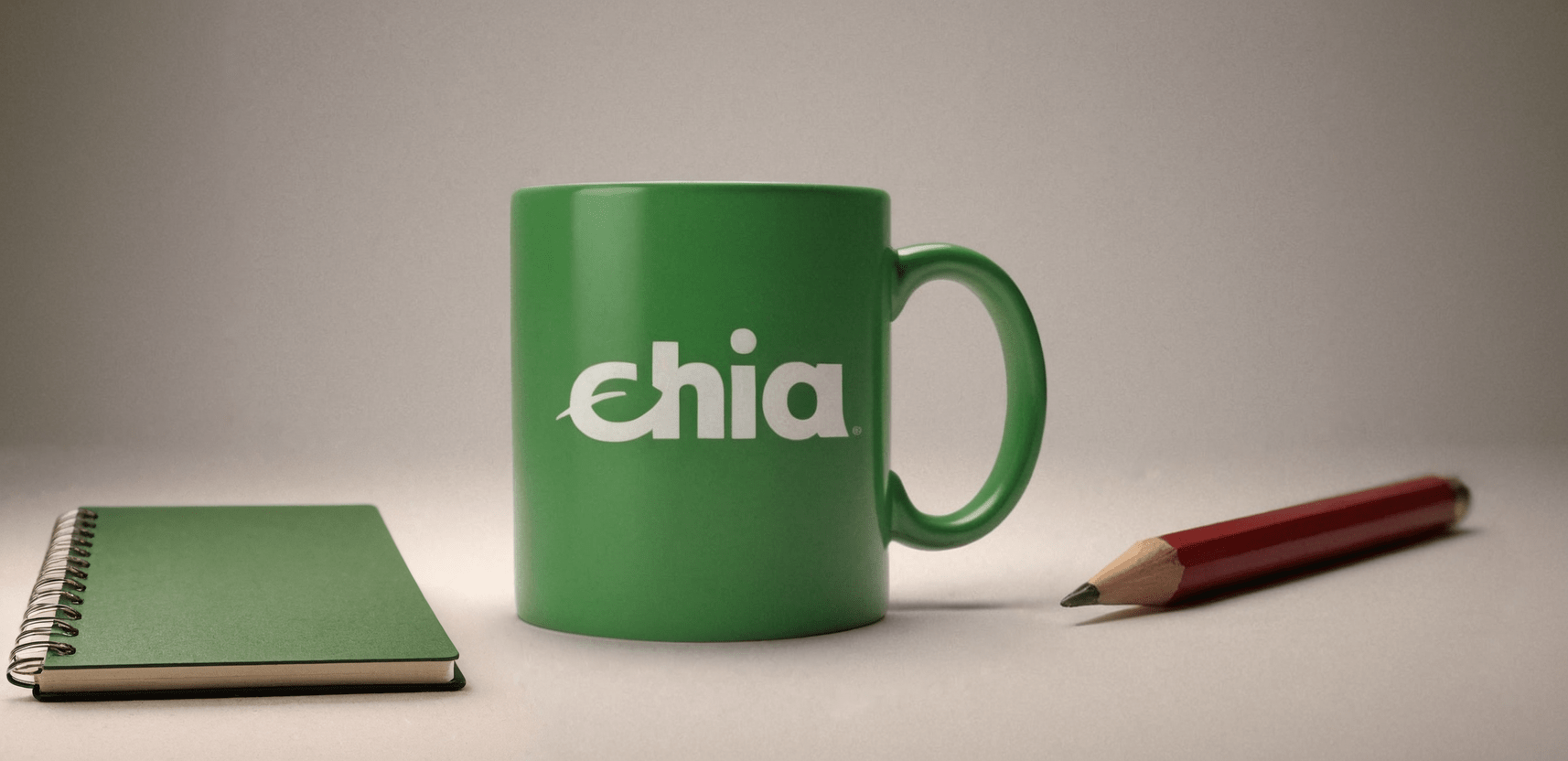Peer-to-Peer is a series of Q&A style interviews with members of the Chia community. The inaugural interview is with notable cypherpunk and CEO of Chia Network, Gene Hoffman.
Prior to joining Chia, Gene was known for founding PrivNet which developed the internet’s first ad blocker and was eventually acquired by PGP where Hal Finney had briefly worked for him. At PGP, Gene famously helped end US export controls on cryptography by exporting the PGP Source Code book. He later co-founded Vindicia and EMusic becoming the youngest NASDAQ CEO in history at the time.

2023 was an eventful year, earmarked by a number of significant achievements for the Chia blockchain but also the challenging news in CNI staff layoffs amidst a deep bear market. How are you doing now and what is your outlook for the team in 2024?
Gene: We remain cautiously optimistic about the macroeconomic and cryptocurrency markets. We’re still building, and expect to be able to increase our investments in R&D and go-to-market activities over the calendar year. Right now, we’re focused on further use cases outside of the carbon markets, getting carbon offsets to trade 24/7 on chain, and improving on and off ramps.
One of Chia’s greatest strengths is the coinset model which provides better scalability and allows for more secure implementations over an account model used in other programmable chains like Ethereum or Solana. However, this comes with trade-offs in terms of end-user complexities that have yet to be abstracted away – things like coin management and replace-by-fee. Can you share what priorities are on CNI’s radar to help improve the average end user experience and specifically reference wallet pain points?
Gene: Replace-by-Fee support in the GUI, and generally in every place where a transaction could be pending and stuck in the mempool, is something we will quickly address in the next couple of releases. We know that the light client wallet – which is what the desktop wallet is – can be painful. We are porting portions to Rust and generally working to enhance it. A lot of the challenge for the light client wallet is that it assumes a decentralized and hostile set of nodes in the world. If you don’t run your own node, it’s much more secure than centralized web or mobile wallets – but security isn’t very useful if you can’t just get things done. We also plan to ship an enterprise wallet with very different trust assumptions.
There are a number of exciting items on the roadmap relating to state-of-the-art custody such as the iOS Signer and Vaults. Can you help our readers understand how you envision these will work together? For example, from the perspective of a user familiar with MetaMask & Ledger coming into Chia looking to engage with CATs and NFTs.
Gene: We think the default vault configuration will be a three-key system. The first is likely your mobile phone – starting with iOS first and Android following. Many have Ledgers, but everyone has a mobile.
The second key is more likely where you’d use your Ledger. This key would only be able to replace your mobile phone with a new one, but it will take an hour. That way, if someone stole your ledger and tried to swap in their phone – you’d have time to see the attempted change and be able to overrule it.
The third is likely to be an institution or slightly-trusted third party. Think of a virtual safety deposit box from your bank that would allow you to go in and prove your identity. Then the bank can have full control over all funds in the vault, but it would take a week’s notice period before it became final, and if you have your mobile, you can cancel and rekey the bad bank out.
In the enterprise context, that third key will likely be your chief security officer, who can recover from things like employee exit, lost devices, and death.
Farmers are core to the security of the chain. With advancements in farming and plotting over the past year such as compressed plots, GPU plotting, and now centralized farming solutions, what is your general sentiment on the state of farming? Will this continue to be a focus of CNI going forward or has the reference farming implementations served their purpose especially with CHIP-22 now being implemented?
Gene: We’re excited that CHIP-22 will allow developers to be rewarded for groundbreaking work while not impacting the decentralization in both Nakamoto Coefficient and pool portability. We plan to continue enhancing both the compression capabilities and ease of use of open source via Bladebit. We also believe that the adoption of CHIP-22 and the future growth in farming profitability (due to real-world adoption) will bring new farmers who can use these better tools, allowing them to be competitive while keeping more control over their destiny as farmers.
In the past, you have mentioned a number of potential industries and partners that CNI is actively engaged with, including pharmaceutical companies, supply chain tracking, luxury goods authentication, commercial banks, auto loans etc. How do these conversations typically go? What part of the Chia “pitch” is most compelling to them?
Gene: We find that there are three primary engagement points. First, many of our enterprise prospects are skeptical of Proof of Work because of future electrical demand as PoW scales. We also often see the skepticism of the real-world security of Proof of Stake. Second, the account model and solidity/EVM is hard for them to get comfortable with the ongoing adversarial security – North Korean hackers raking in one billion dollars makes this point for them.
We believe we’re bringing actual solutions/opportunities that fit their businesses. We’re either relieving a serious pain point or giving folks an opportunity to expand a business line.
There are some existing announced partnerships we haven’t heard much about such as SpaceKnow and the government of Costa Rica, any updates to share on those fronts?
Gene: SpaceKnow continues to work with us. Our work in the Costa Rica partnership transitioned back to the World Bank – and was released by Bhutan recently.
In October 2023, CNI leveraged a small fraction of its Strategic Reserve to provide a loan to a market maker, and followed up with a second loan in December 2023. What outcomes had you hoped to see by engaging this market maker and has it come to fruition? And is the Market Maker an avenue CNI has used (or plans to use) to sell parts of the Strategic Reserve to fund company operations?
Gene: The primary purpose of our market maker is to increase liquidity on our top central exchanges and to bring the bid ask spreads of our top markets more in line. Some of the pre-farm is being sold on our behalf.
Editor’s note: The sale of pre-farm XCH was previously mentioned on the October 2023 AMA.
Since the initial confidential draft filing of the IPO to the SEC, we’ve heard that things have progressed “normally”. What is the next milestone the community should expect? Can we expect the contents of the filing to turn public prior to an official IPO announcement? In other words, “wen IPO?”
Gene: There are internal milestones that we won’t be able to share but the next critical milestone will be the first time we file our submission for public consumption on the SEC’s EDGAR.
Thank you again for your time, are there any other comments you want to share with the readers of XCH.today?
Gene: We’re incredibly excited to deliver the next generation of truly peer-to-peer trading and a set of custody and control tools that are substantial security upgrades. Watching our customers and the community use these building blocks, solving real problems, creating new markets, and having fun are some of the best parts of what we do.








[…] new series called “Peer-to-Peer” over on XCH.today. The first article is “An Interview with Chia Network CEO Gene Hoffman“. […]